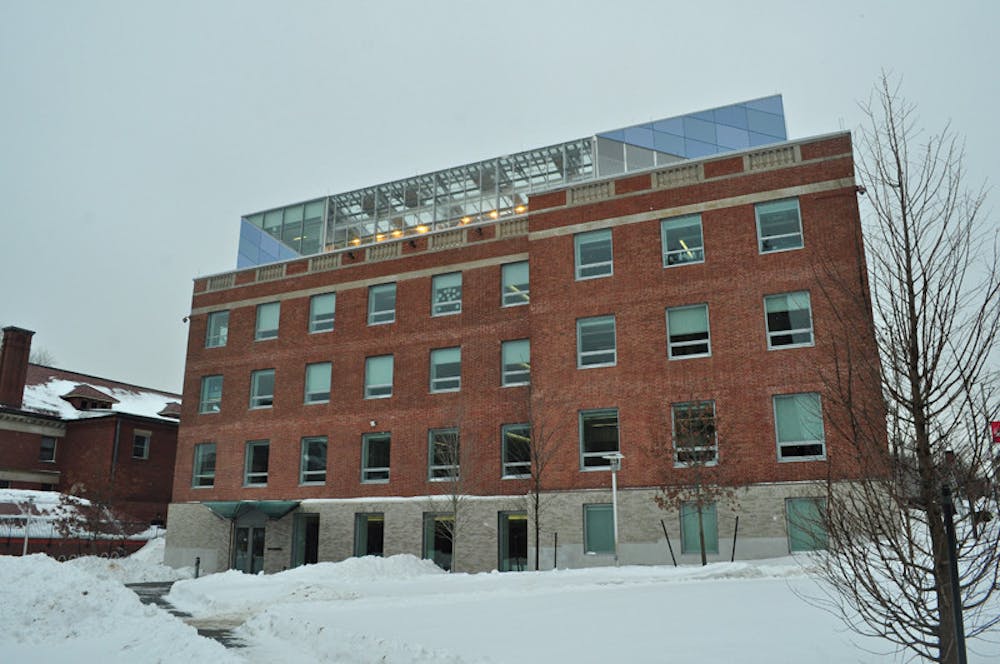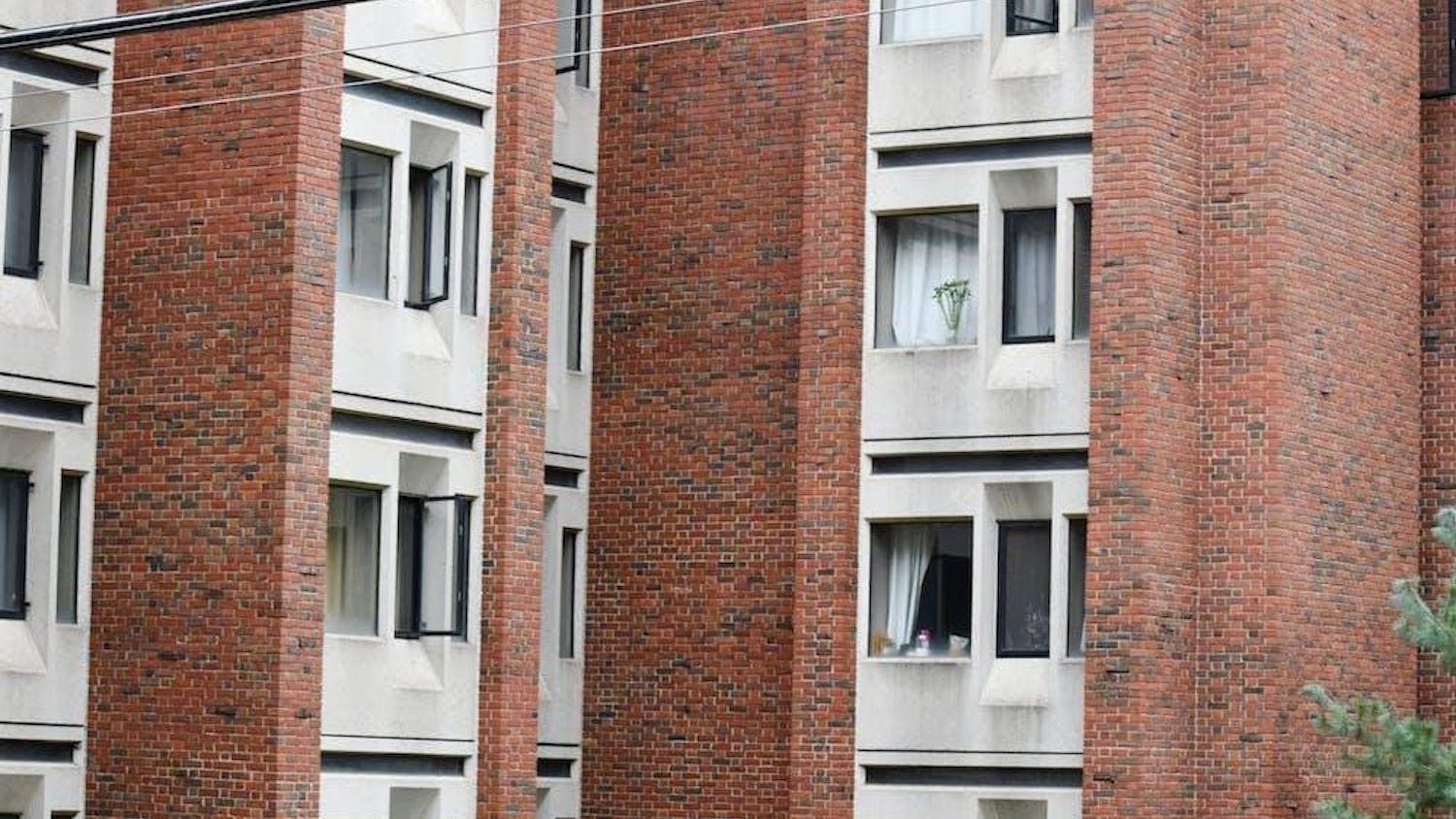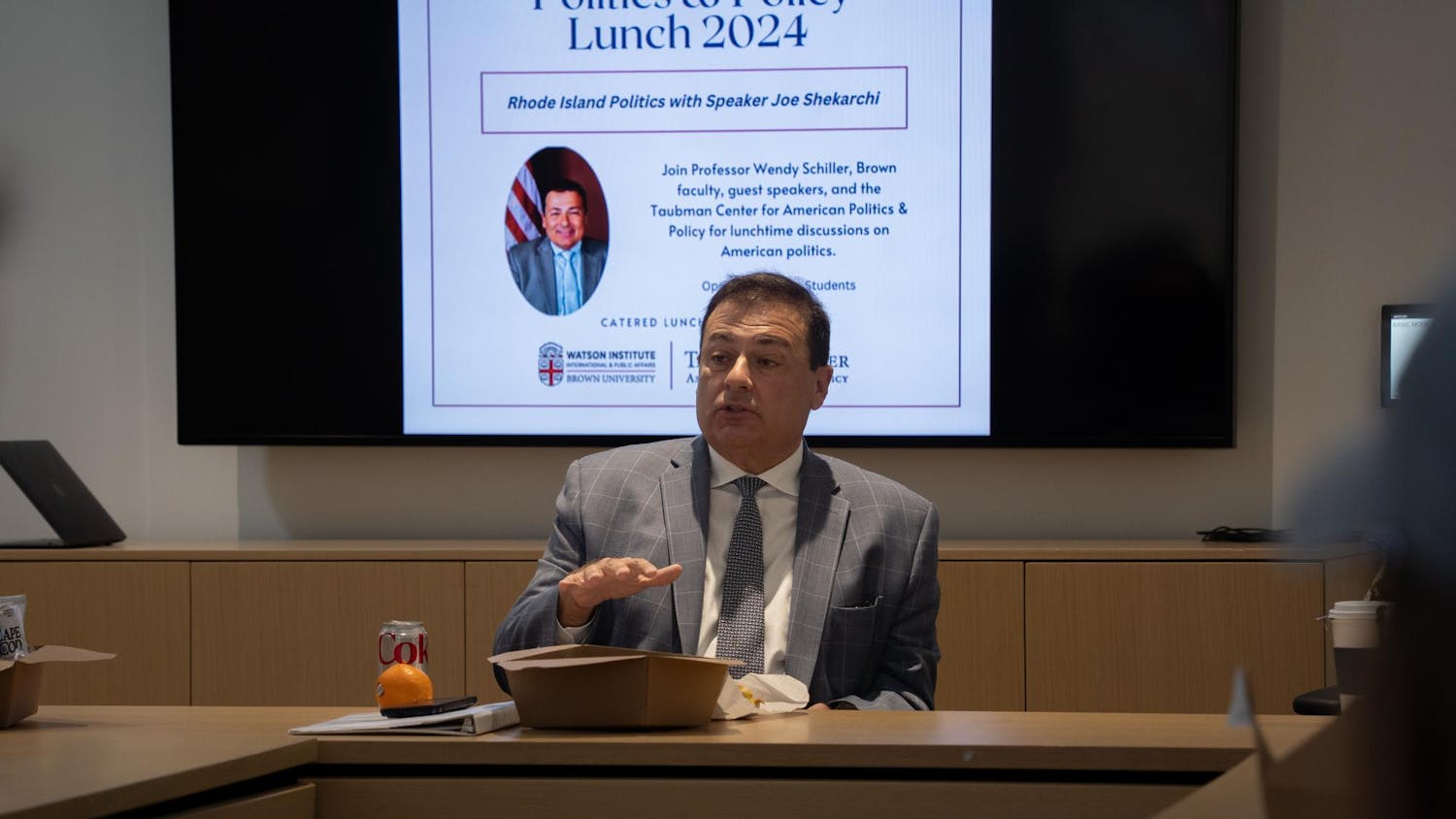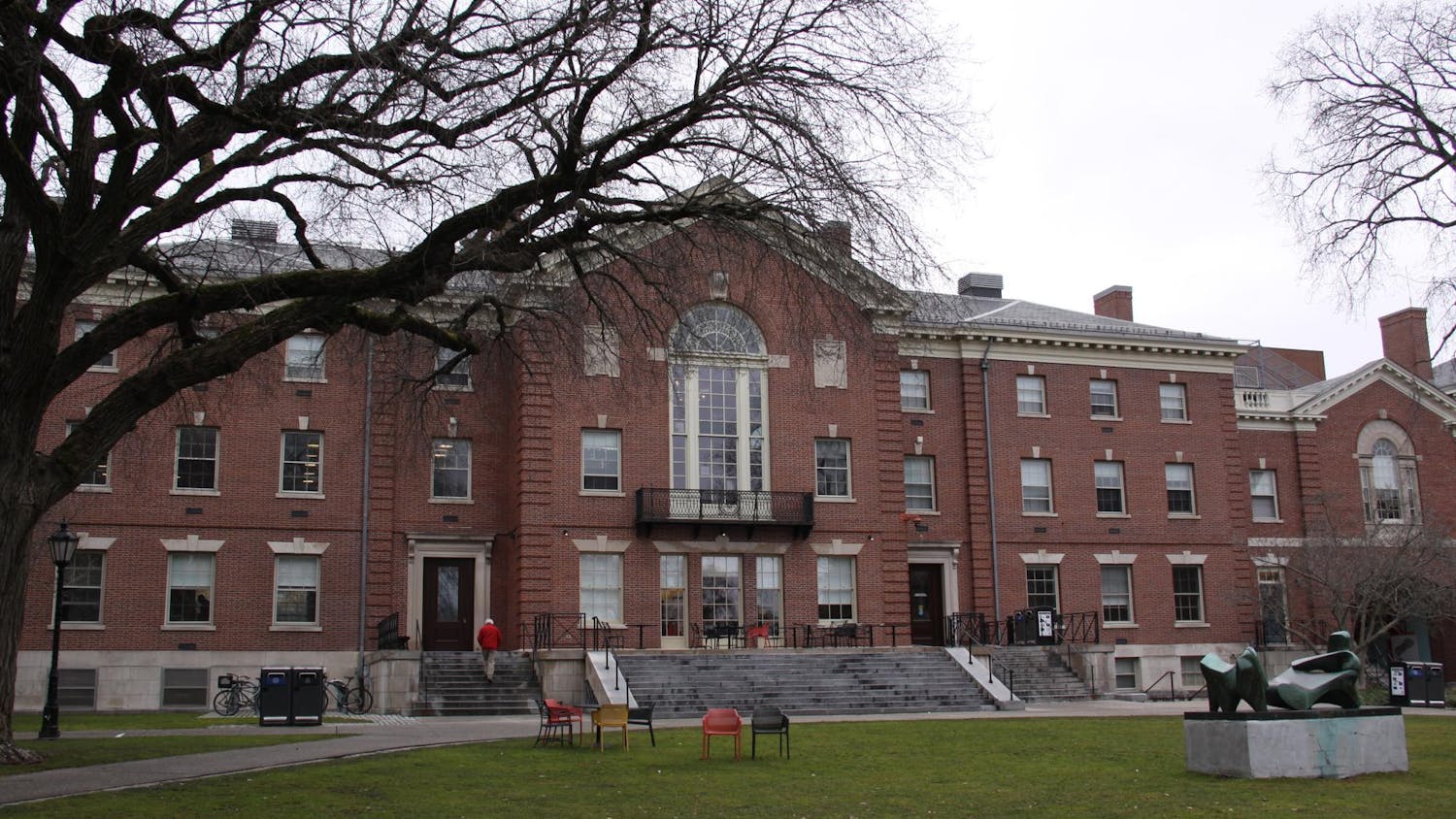As sophomores prepare to declare their concentrations by the April 1 deadline, those considering environmental studies or environmental science will need to take into account the concentrations’ new requirements, which were implemented in July as part of the formation of the Institute at Brown for Environment and Society.
The institute, now in its second semester, will offer more opportunities for students and faculty members to collaborate on research that takes a social approach to environmental issues.
IBES evolved from the Center for Environmental Studies in response to President Christina Paxson’s P’19 call in her strategic plan to “build an academic program focused on the relationship of the environment to human societies.”
“What we’re really thinking about with IBES is our focus on the most vulnerable people,” said Amanda Lynch, director of IBES and professor of earth, environmental and planetary sciences. “It’s a focus that is very much in keeping with the Brown ethos.”
Concentrators in environmental studies and science choose one of four tracks in IBES: air, climate and energy; conservation science and policy; land, water and food security; and sustainability in development. In addition to track-specific courses, all students in the two concentrations are required to complete core introductory courses in environmental science, environmental social science, economics and research methods.
The core courses are designed to unite students across the concentrations and “ensure continuity,” Lynch said.
“The old structure was very loose,” said Leah Vanwey, professor of sociology and senior deputy director of IBES. The purpose of the new structure is to provide students with “the foundational concepts from introductory courses and methods from research courses,” she said.
The core courses also present an opportunity for IBES to partner with several departments. Partner departments currently include ecology and evolutionary biology, economics, engineering, history, pathology, planetary science, public health and sociology, Lynch said.
The institute plays the role of a matchmaker, “helping the departments do the kind of work they want to do,” Lynch said.
Sophomores declaring a concentration in environmental studies or science last spring were given the option of following the old curriculum or the new, said concentrator Andrew Vann ’17. “It was encouraged that we take the new one,” he added.
Of the 40 students to declare a concentration in environmental studies or science last spring, 11 chose to do so under the new IBES structure, Vanwey wrote in a follow-up email to The Herald. This spring, all new concentrators must adhere to the new structure.
“The old program was very broad. You didn’t get to specify much, but now you can really get into one topic as opposed to knowing a little bit of everything,” said Vann, who is currently concentrating in the sustainability in development track of the new IBES curriculum.
“The curriculum is also designed to connect the students with research so that there are more opportunities for them to work in labs,” Vanwey said. The lab work in IBES aims to connect faculty members’ areas of focus with student interest, she added.
Lynch said the institute has begun to develop several research projects “to get our feet wet and see what works.”
Vanwey is leading one of these budding projects: an initiative that addresses the social and environmental components of deforestation in Brazil.
Working with both graduate and undergraduate students in environmental studies and science as well as sociology, Vanwey is conducting “a series of experiments and observations to figure out the best way to grow new forests,” she said. “At the same time, we are going to go out and do a lot of social surveys and interviews to find what it is that is keeping people in poverty.”
The project will culminate in a proposal for “the best outcome for the forest and the best poverty alleviation,” Vanwey said. “We’re using cutting-edge science to inform policy,” she said.
The restructuring of the undergraduate programs in IBES “has given us time and space to learn how to talk to each other and given us support in putting these projects together,” she added.





